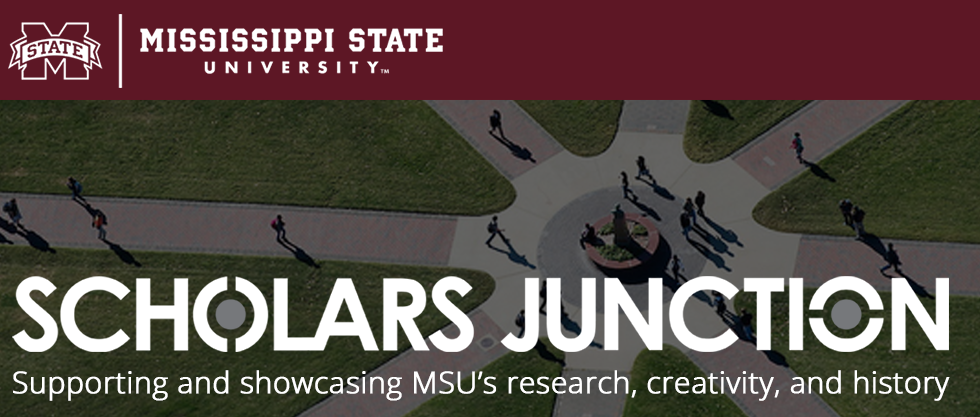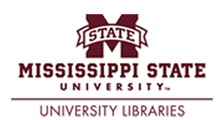
Theses and Dissertations
Issuing Body
Mississippi State University
Advisor
Xin, Ming
Committee Member
Koenig, Keith
Committee Member
Cheng, Yang
Committee Member
Eksioglu, Burak
Committee Member
Follett, Randolph F.
Date of Degree
12-9-2011
Document Type
Dissertation - Open Access
Major
Aerospace Engineering
Degree Name
Doctor of Philosophy
College
James Worth Bagley College of Engineering
Department
Department of Aerospace Engineering
Abstract
With the rapid growth of space activities and advancement of aerospace science and technology, many autonomous space missions have been proliferating in recent decades. Control of spacecraft in proximity operations is of great importance to accomplish these missions. The research in this dissertation aims to provide a precise, efficient, optimal, and robust controller to ensure successful spacecraft proximity operations. This is a challenging control task since the problem involves highly nonlinear dynamics including translational motion, rotational motion, and flexible structure deformation and vibration. In addition, uncertainties in the system modeling parameters and disturbances make the precise control more difficult. Four control design approaches are integrated to solve this challenging problem. The first approach is to consider the spacecraft rigid body translational and rotational dynamics together with the flexible motion in one unified optimal control framework so that the overall system performance and constraints can be addressed in one optimization process. The second approach is to formulate the robust control objectives into the optimal control cost function and prove the equivalency between the robust stabilization problem and the transformed optimal control problem. The third approach is to employ the è-D technique, a novel optimal control method that is based on a perturbation solution to the Hamilton-Jacobi-Bellman equation, to solve the nonlinear optimal control problem obtained from the indirect robust control formulation. The resultant optimal control law can be obtained in closedorm, and thus facilitates the onboard implementation. The integration of these three approaches is called the integrated indirect robust control scheme. The fourth approach is to use the inverse optimal adaptive control method combined with the indirect robust control scheme to alleviate the conservativeness of the indirect robust control scheme by using online parameter estimation such that adaptive, robust, and optimal properties can all be achieved. To show the effectiveness of the proposed control approaches, six degree-offreedom spacecraft proximity operation simulation is conducted and demonstrates satisfying performance under various uncertainties and disturbances.
URI
https://hdl.handle.net/11668/18671
Recommended Citation
Pan, Hejia, "Integrated Optimal and Robust Control of Spacecraft in Proximity Operations" (2011). Theses and Dissertations. 2763.
https://scholarsjunction.msstate.edu/td/2763


